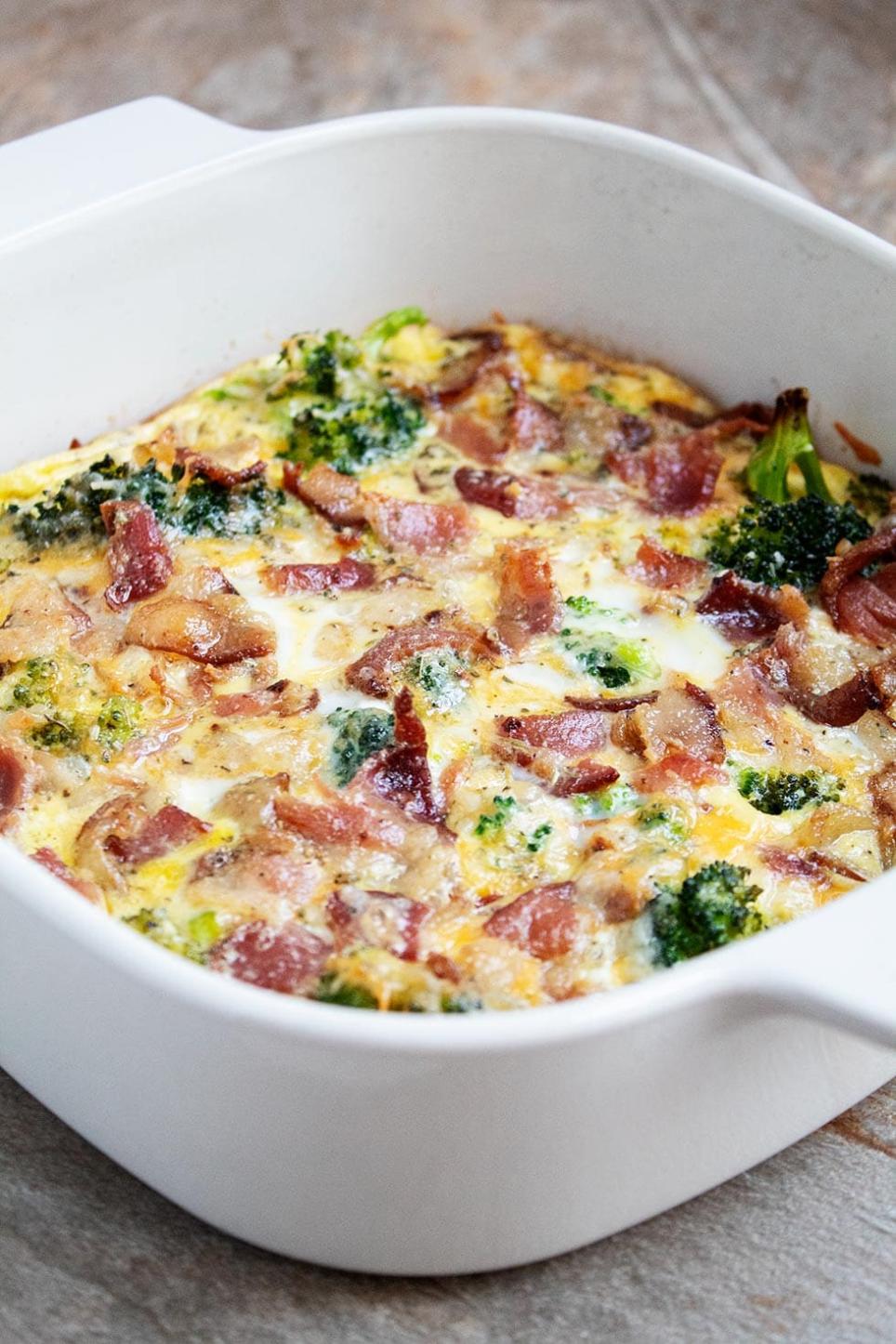Keto Recipes: How to Create Delicious and Nutritious Meals That Adhere to the Ketogenic Diet?
The ketogenic diet has gained immense popularity as a weight loss and health-promoting dietary approach. This article delves into the world of keto recipes, providing insights into creating delicious and nutritious meals that align with the principles of the ketogenic diet.

I. Introduction
A. Definition of the Ketogenic Diet:
- The ketogenic diet is a low-carbohydrate, high-fat diet that shifts the body's primary fuel source from glucose to ketones.
- Ketosis, a metabolic state, occurs when the body breaks down stored fat for energy instead of carbohydrates.
B. Importance of Following a Ketogenic Diet:
- The ketogenic diet has been associated with various health benefits, including weight loss, improved blood sugar control, reduced inflammation, and enhanced cognitive function.
- Keto recipes play a crucial role in achieving and maintaining a ketogenic lifestyle by providing a structured approach to meal planning and ensuring adherence to the diet's macronutrient ratios.
II. Understanding The Basics Of Ketogenic Cooking
A. Macronutrient Ratios:
- In ketogenic cooking, macronutrient ratios are essential for achieving and maintaining ketosis.
- The ideal macronutrient distribution for a ketogenic diet is approximately 70% fat, 20% protein, and 10% carbohydrates.
B. Choosing Keto-Friendly Ingredients:
- Keto-friendly foods include healthy fats (avocado, olive oil, nuts, seeds), lean proteins (meat, fish, poultry, eggs), and low-carb vegetables (leafy greens, broccoli, cauliflower).
- Selecting high-quality, unprocessed foods is crucial for optimal health and achieving ketosis.
III. Essential Keto Cooking Techniques

A. Low-Carb Swaps:
- Low-carb alternatives can be used to create keto-friendly versions of popular dishes.
- Examples include using almond flour instead of wheat flour, cauliflower rice instead of white rice, and stevia or monk fruit instead of sugar.
B. Cooking Methods:
- Choosing the right cooking methods is important for preserving the nutritional value of keto-friendly ingredients.
- Healthy cooking methods include baking, roasting, grilling, and steaming.
IV. Creating Delicious And Nutritious Keto Recipes

A. Recipe Development:
- Developing your own keto recipes allows for customization and experimentation with different flavors and ingredients.
- Start by understanding the basics of ketogenic cooking and gradually expand your repertoire of recipes.
B. Recipe Categories:
- Keto recipes can be categorized into various meal types, such as breakfast, lunch, dinner, snacks, and desserts.
- Examples of keto-friendly dishes include keto pancakes, cauliflower pizza crust, grilled salmon with roasted vegetables, and almond flour chocolate chip cookies.
V. Tips For Success With Keto Recipes
A. Meal Planning:
- Meal planning is essential for adhering to a ketogenic diet and ensuring a variety of nutritious meals.
- Create a weekly meal plan that includes a balance of keto-friendly recipes and snacks.
B. Portion Control:
- Portion control is crucial for maintaining a healthy weight while following a ketogenic diet.
- Use measuring cups and scales to ensure accurate portion sizes and avoid overeating.
VI. Conclusion
Keto recipes are a fundamental aspect of achieving and maintaining a ketogenic lifestyle. By understanding the basics of ketogenic cooking, choosing keto-friendly ingredients, and experimenting with different recipes, individuals can create delicious and nutritious meals that align with the principles of the ketogenic diet. With careful meal planning and portion control, a ketogenic diet can be a sustainable and enjoyable approach to improving overall health and well-being.
YesNo

Leave a Reply